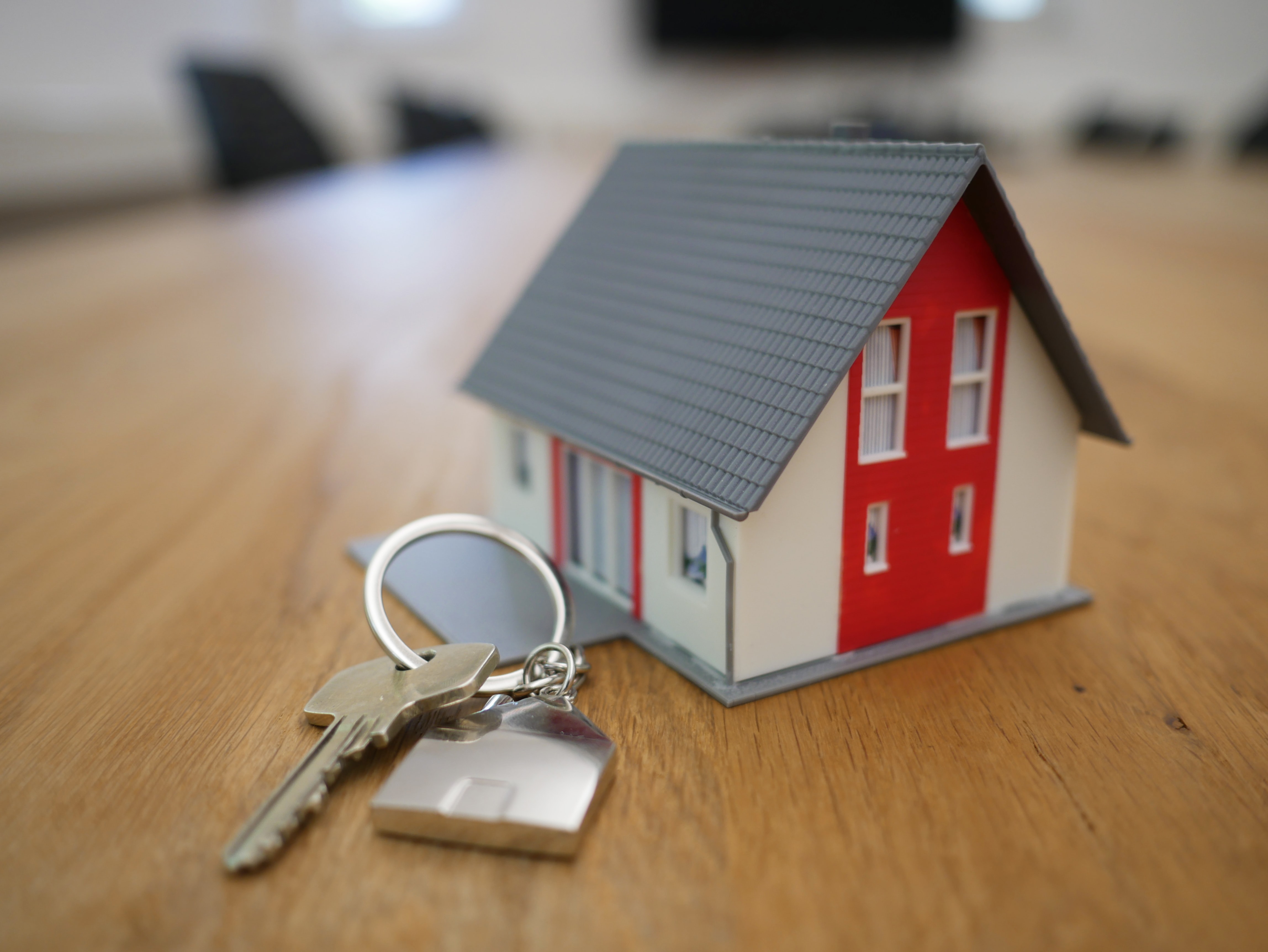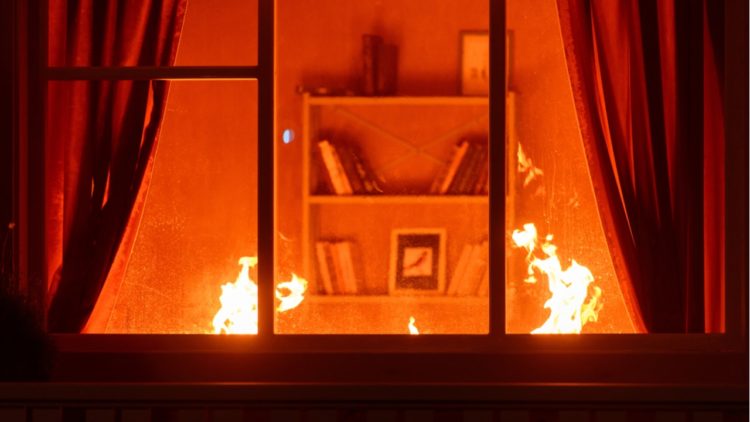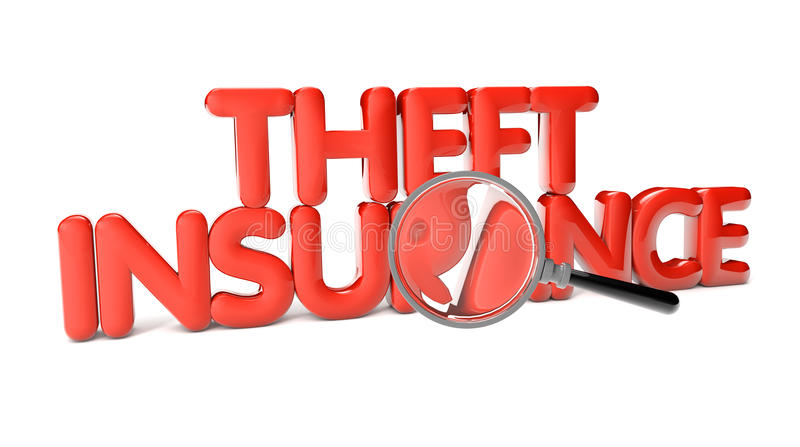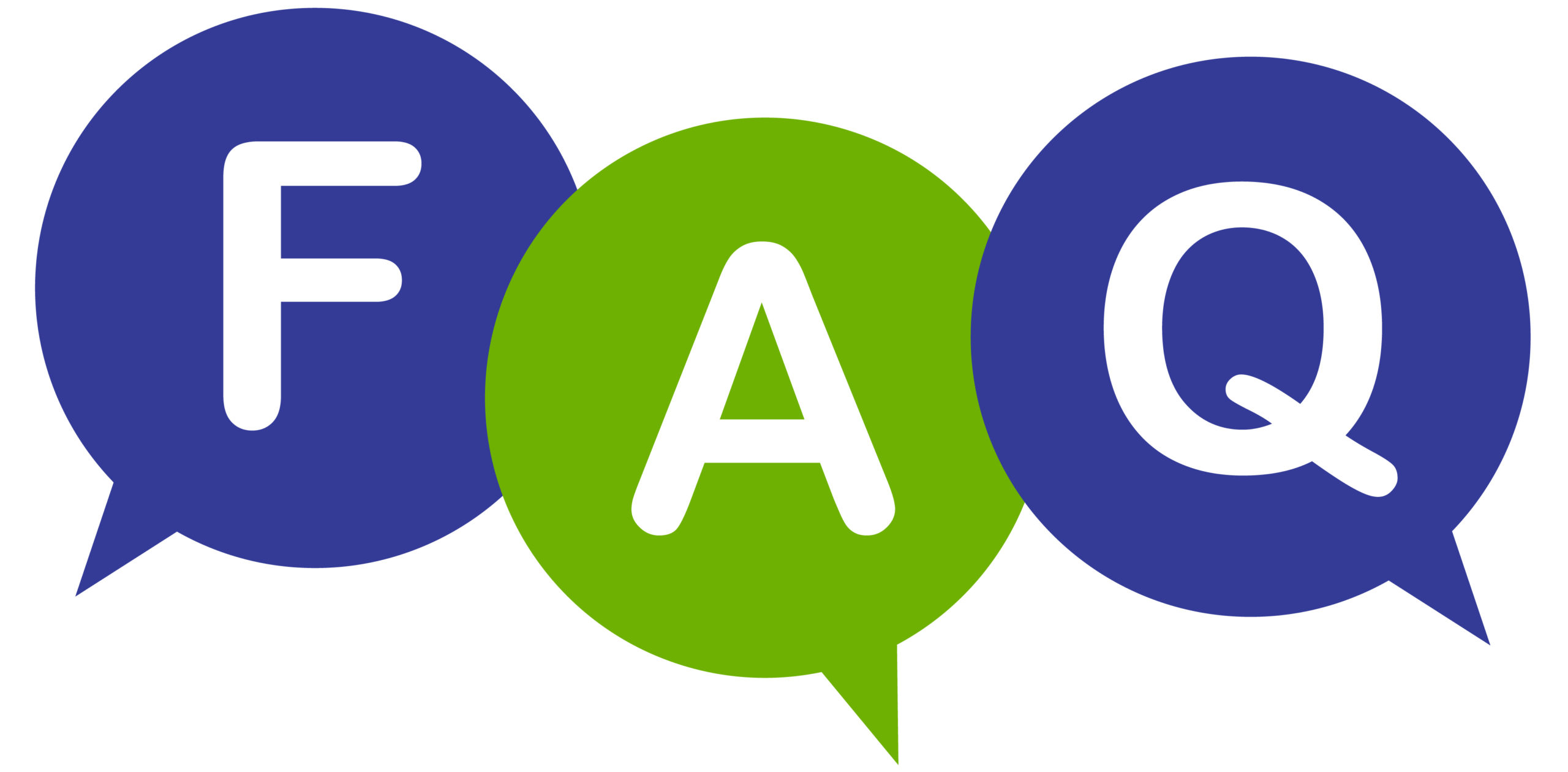- Dubai, United Arab Emirates
- tameenguru@gmail.com
- +971 54 379 7955













Property in this context excludes all forms of transportation such as ships, aircrafts and motor vehicles.
Get Insurance Advice from Tameen Guru
These covers have one thing in common, namely that the sum insured must relates to an object which is capable of sustaining physical or material loss or damage . In addition to providing protection against loss of physical, tangible objects or assets, such as buildings, machinery, stock, personal belongings or household goods as a result of an insured contingency, property insurance also relates to losses affecting other less obvious types of property such as money as well as to those costs arising out of interruption to a business through a fire or some other fortuitous cause. The purpose of property insurance is to protect the tangible assets including stocks against material damage to such interests due to wide range of perils primarily Fire, Lightning, Natural Calamities such as Earthquake, Storm, Tempest and Flood, Impact Damage, Aircraft Damage, Burglary, accidental damage etc.
Fire, Engineering, Theft , All Risks and Glass fall under Property Risks.
Call us to get an Advice

Over 2000 Contacts Worldwide

100% Viewers Satisfaction guaranteed

First Educational Specialized Channel for Insurance

Insurance & Reinsurance Partners
Get Property Insurance Advice– instantly
Types of Property Insurance are:
A - Fire:
There is no actual legal definition of the word ‘FIRE’ in the policy. However, it is accepted that ‘ FIRE’ must involve:
- Actual ignition.
- Something on fire which should not be on fire.
- An event which must be accidental or fortuitous as far as the insured is concerned
Types of Fire Policies
1- Standard Fire + Allied / Named Perils (Specified Contingencies) Insurance
covers loss and damage arising out of fire, lightning, explosion, earthquake, storm, flood, impact, malicious damage, civil commotion, subsidence, spontaneous combustion, sprinkler leakage, burglary, etc.


2- Property All Risks Insurance ( PAR)
Property All Risk Insurance has a wider form of protection which covers all risks of physical loss or damage to your owned or rented properties, machineries, stocks, etc. subject to certain exclusions.
3- Consequential loss insurance
covers business establishments from financial losses caused by interruption of their business following loss of or damage to the property from insured perils. This cover is added to the above Property Policies.


B- Theft Insurance
Theft Insurance Policy protects against Burglary, Robbery and other kinds of thefts. This insurance compensates the insured from loss incurred due to theft while theft includes all acts of stealing, burglary refers to illegally taking someone else’ property by forcibly entering a closed premise. Risks covered comprise not only goods in premises but many forms of transit risks.
C- All Risks Insurance
That includes:
- Personal Effects Policy : covers expensive items such as Jewellery, Cameras and Fur Coats and can be arranged for unspecified goods for a lump sum.
- Business All Risks policy: can cover all risks to machinery and computer equipment .
- Goods in Transit: this form of cover provides compensation to the owner of goods if carried by his own vehicle or to a firm of carriers by road / rail post if those goods are damaged or lost while in transit .
- Money Insurance: this policy provides compensation to the insured in the event of money being stolen either from his business premises , his own home, or while it is being carried to or from the bank.
- Contractors all Risks policy (CAR): which is part of Engineering insurance. This policy provides financial compensation to the contractor in the event of there being damaged to the construction works from a wide range of perils.


D- Engineering Insurance
Engineering insurance covers all the electrical equipment and machinery you use in your work. Nowadays, cover has been extended to cover inspected and non-inspected machines and equipment. The types of machinery and equipment that can be covered has become more varied too, ranging from:
- Power plant
- boilers
- transformers
- generators
- turbines
- process machinery
- paper-making machines and printing machines
- Computers, mainframes and software systems
Engineer insurance also covers business interruption, machinery movement, plant hired in or out and deterioration of stock. The types of Engineering Insurance are as follows:
- Machinery Breakdown Policy.
- Plant All Risk Insurance.
- Electronic Equipment Policy.
- Erection All Risk.
- Contractor’s All Risk Cover.
- Advance Loss of Profit Insurance Policy.
- Boiler Pressure Plant Insurance Policy
Tameen Guru Youtube Channel:

Presented various topics about Property as below:
- How to assess Property Risk ? What is the single Risk Definition?
Difference between Quality of the Risk and Type of the Risk- Main Elements of Risk Survey (COPE)- Case Study.
https://bit.ly/3pWnnOx - Contents of Risk Survey and its impact on both the Insured and Insurer.
Risk Surveyor Recommendations –Case Study.
https://bit.ly/3jVVm5Z - Definition of Any One Risk- How to calculate it? Risk Limit and Policy Limit- What is the PML?
https://bit.ly/2ZMa8oQ - PML Definition and its Applications on PD+BI – Underwriting Capacity – PML Failure Coverage – Gross & Net Retention- Business Interruption & Indemnity
Period Case Study – Interdependency Clause .
https://bit.ly/3jVHsRv - PML Applications on Heavy Industry – Top Location – Case Study on Reinsurance – Loss Scenarios on Steel Factory – Vapour Cloud Explosion –
https://bit.ly/3w3qAgq - Underwriting Considerations for Property Risk Pricing – Risk Management – Event Limit – Stock Insurance Cover – Communicable Disease Endorsement –
Machinery Breakdown – Difference between Extension & Sub Limit
https://bit.ly/3o5mdxV
https://bit.ly/3EERu1f
We've got answers

Frequently Asked Questions
1.What are the kinds of Insurable Property?
- All tangible assets including buildings with permanent fixtures/fittings.
- Plant & Machinery which are static/moveable only within insured premises.
- Stocks
- Furniture, Fixtures, Fittings.
- Loss of rent.
- Third Party Liability/Neighbours/Tenants.
2.What are the Common Hazards for Property losses?
- People
- Heating, ventilating and air – conditioning systems.
- Industrial process.
- Cutting and Welding Operations.
- Spontaneous Combustion.
- Lighting and power systems/static electricity.
- Electrical apparatus.
- Housekeeping / disposal of waste materials.
- Smoking
- Arson.
3.What are the Types of perils covered under a Property All Risks insurance policy?
- Natural Disasters (Floods, Earthquakes, Storms, Cyclones….etc).
- Fire, Explosion , Lightning.
- Burglary following violent forcible entry or exit.
- Bursting of water pipes and apparatus.
- Malicious Damage.
- Strikes, Riots and Civil Commotions (SRCC).
- Aircraft or articles dropped therefrom.
- Accidental Damage or Impact Damage.
4.What is the difference between PML & EML Assessment?
- PML (PROBABLE MAXIMUM LOSS)
- EML (ESTIMATED MAXIMUM LOSS)
